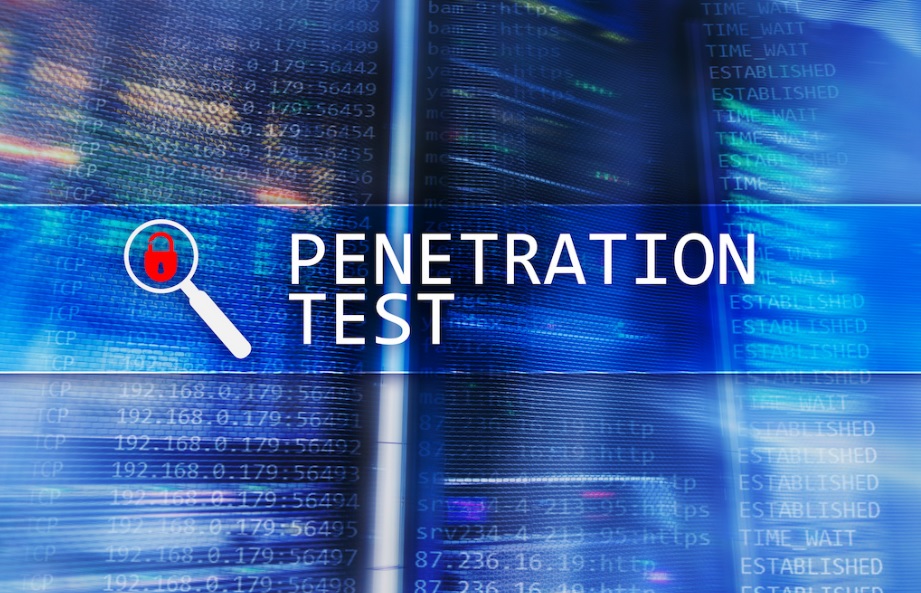Penetration testing, or pen testing, is a crucial component of a robust cybersecurity strategy. It involves simulating a cyberattack to identify vulnerabilities in a system or network. While pen testing is essential for bolstering security, it’s natural to have concerns about potential risks. Let’s explore these concerns and how to mitigate them.
Potential risks of penetration testing
- Data exposure: There’s a risk of inadvertently exposing sensitive data during the testing process. If not handled carefully, this could lead to data breaches.
- System damage: In some cases, penetration testing can cause temporary disruptions or damage to systems if not conducted responsibly.
- Unauthorized access: There’s a possibility that a malicious actor could gain unauthorized access to systems if the testing environment is not properly isolated.
- Legal and regulatory implications: Depending on the nature of the test and the industry, there might be legal and regulatory concerns to consider.
Mitigating risks
To minimize these risks, it’s crucial to follow best practices:
- Clear scope and objectives: Define the scope of the penetration test explicitly to avoid unintended consequences.
- Experienced penetration testers: Hire qualified and ethical professionals with a proven track record.
- Secure testing environment: Isolate the system or network being tested to prevent unauthorized access.
- Data protection: Implement robust data protection measures to safeguard sensitive information.
- Legal and regulatory compliance: Ensure the testing process adheres to relevant laws and regulations.
- Incident response plan: Have a plan in place to address any unforeseen issues that may arise.
Balancing risks and benefits
While there are potential risks associated with penetration testing, the benefits far outweigh them. By proactively identifying vulnerabilities, organizations can protect themselves from costly data breaches and reputational damage.
- Improved security posture: Regular penetration testing helps organizations strengthen their defenses against cyberattacks.
- Compliance adherence: Many industries have regulatory requirements for penetration testing, demonstrating a commitment to security.
- Risk mitigation: By identifying vulnerabilities early, organizations can prioritize remediation efforts and reduce the risk of exploitation.
- Business continuity: A robust security posture is essential for maintaining business operations and protecting critical assets.
Conclusion
Penetration testing, when conducted responsibly and with appropriate precautions, is a valuable asset to any organization’s cybersecurity strategy. By understanding the potential risks and implementing effective mitigation measures, businesses can harness the benefits of this practice without compromising their security posture.
